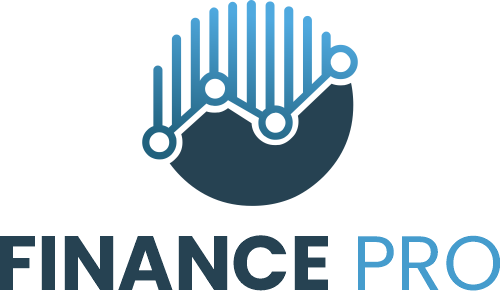In this year’s edition of the Central Banker Report Cards, the magazine evaluated central bank chiefs worldwide on an “A+” to “F” scale, based on performance/success in inflation control, economic growth, currency stability, interest rate management, and political independence.
Bangladesh Bank Governor Ahsan H Mansur. TBS Sketch
“>

Bangladesh Bank Governor Ahsan H Mansur. TBS Sketch
Bangladesh Bank Governor Ahsan H Mansur has earned a “C+” in Global Finance magazine’s 2025 ranking of central bank governors – an improvement from the “D” awarded to former governor Abdur Rouf Talukder in 2023.
In this year’s edition of the Central Banker Report Cards, the magazine evaluated central bank chiefs worldwide on an “A+” to “F” scale, based on performance/success in inflation control, economic growth, currency stability, interest rate management, and political independence.
The assessment covered the period from July 2024 to June 2025.
The magazine noted that Ahsan H Mansur took charge of Bangladesh Bank in August 2024 during a period of “national strife and ensuing emergency,” following the flight of then-prime minister Sheikh Hasina to neighbouring India amid allegations of corruption and human and civil rights abuses.
“In the interim, he has recognised with clarity the need to restore balance to Bangladeshi financial institutions, spur growth, and attack rampant inflation – in a bid to stabilise the taka, which has fallen about 4% to the US dollar so far this year – as well as the need to restore fundamental faith in the country as an investment proposition,” Global Finance wrote in its report, released on 15 October.
According to the report, Mansur’s “first crucial decision came immediately after assuming office, when he raised the overnight repo policy rate by 50 bp to 9%, followed up by two hikes over subsequent months to take the rate to 10% in October.”
“Inflation was frothy at 10.5% during the first tightening but has since moderated, hitting 8.55% in July, vindicating the monetary stringency – Mansur predicts that it will ease to 5% by year-end,” the magazine said.
“He has resisted easing to boost growth – which the Asian Development Bank estimates at 3.9% for the fiscal year ended in June and forecasts as the full-year tally – holding the policy rate steady at 10% in July. This is a far cry from the 6.4% annual average growth clocked by Bangladesh between 2010-2020,” it added.
Global Finance also highlighted Mansur’s efforts to restructure the country’s “crisis-hit financial system” through a three-year reform roadmap developed “under the auspices of the International Monetary Fund (IMF)”.
“This includes banking system consolidation, nonperforming-loan (NPL) resolution, and an overhaul of bankruptcy and restructuring legislation,” the magazine said. “Perhaps this will help bring the heady days of nonstop growth back to Bangladesh again.”
Elsewhere in South Asia, Sri Lanka’s central bank governor Nandalal Weerasinghe received an A grade, the region’s highest, for steering his country out of bankruptcy and hyperinflation.
Pakistan’s Jameel Ahmad earned a B-, while India’s Sanjay Malhotra and Nepal’s Biswo Nath Poudel were marked “TETS” (Too Early To Say).
Globally, the central bank chiefs of Denmark, the United States, and Vietnam topped the list with “A+” grades.
In the 2024 report, Mansur’s ranking was “TETS” as the magazine said, “Bangladesh is in turmoil following Prime Minister Sheikh Hasina’s July flight from the country, which resulted from widespread student-led civil unrest.”
The political turmoil fuelled a spike in inflation, which hit 11.66% in July amid fast-dwindling foreign exchange reserves. Mansur announced plans to hike the benchmark rate by 50 basis points to 9%, and stated that rates would hit 10% within the coming months, it wrote.
“Negotiations were opened, with the IMF agreeing to supplement a $4.7 billion bailout programme hammered out in January 2023 by an additional $3 billion.”


